I am working on a script that generates a csv with arbitrary number of y values for a given x value. The first row of the csv has the names of the data sets. The x value is a unix timestamp. I would like to use gnuplot to graph this data as a stacked line graph where the values are shown as fractions of a total for that row. How would I do this?
I've looked at the following solutions, and attempted to integrate them, but I cannot figure out what I am doing wrong.
It will either say not enough columns or some mismatch for the number of columns.
There are up to N columns of data for a given time index. The total I am looking at is for a given time index.
--
An example of my data:
KEY,CSS,JavaScript,Perl,Python,Shell
1428852630,0,0,0,0,406
1428852721,0,0,0,0,406
1428852793,0,0,0,0,406
1428853776,0,0,0,0,781
1429889154,0,0,0,0,1200
1429891056,0,0,0,0,1648
1429891182,0,0,0,0,1648
1429891642,0,0,0,0,1648
1430176065,0,0,0,0,2056
However, there might be a large number of columns, I want one that sets the number of columns on run time.
http://gnuplot.sourceforge.net/demo/histograms.html - This seems to have issues with being modified to have an arbitrary number of columns.
plot 'immigration.dat' using (100.*$2/$24):xtic(1) t column(2), \
for [i=3:23] '' using (100.*column(i)/column(24)) title column(i)
https://newspaint.wordpress.com/2013/09/11/creating-a-filled-stack-graph-in-gnuplot/
